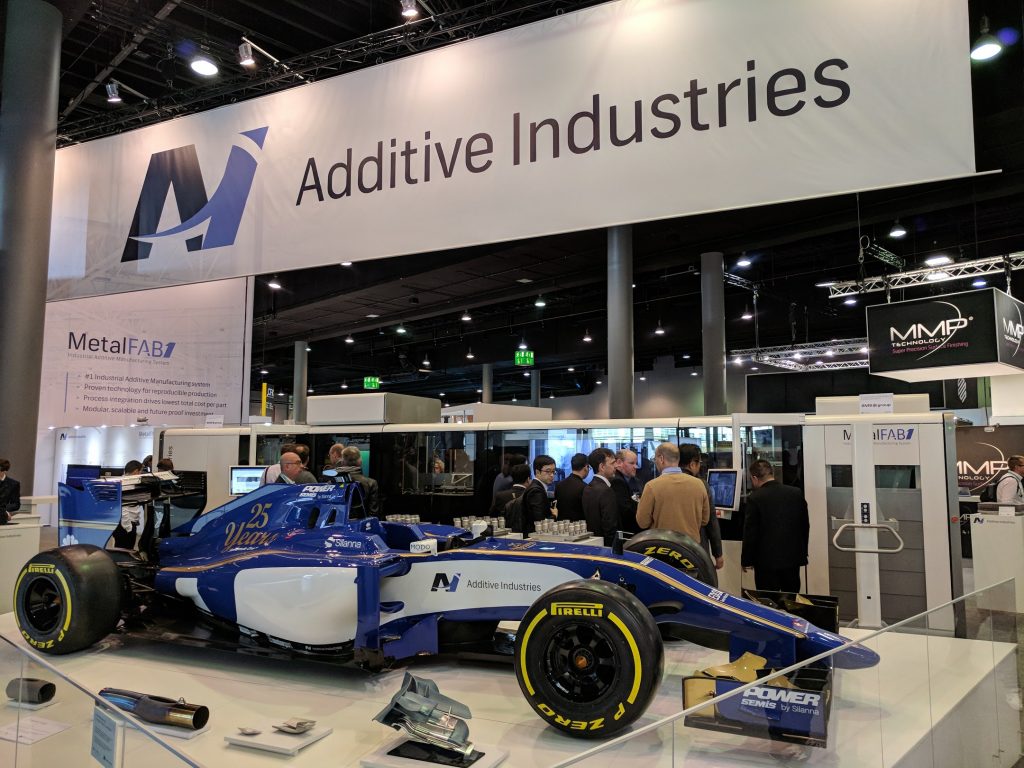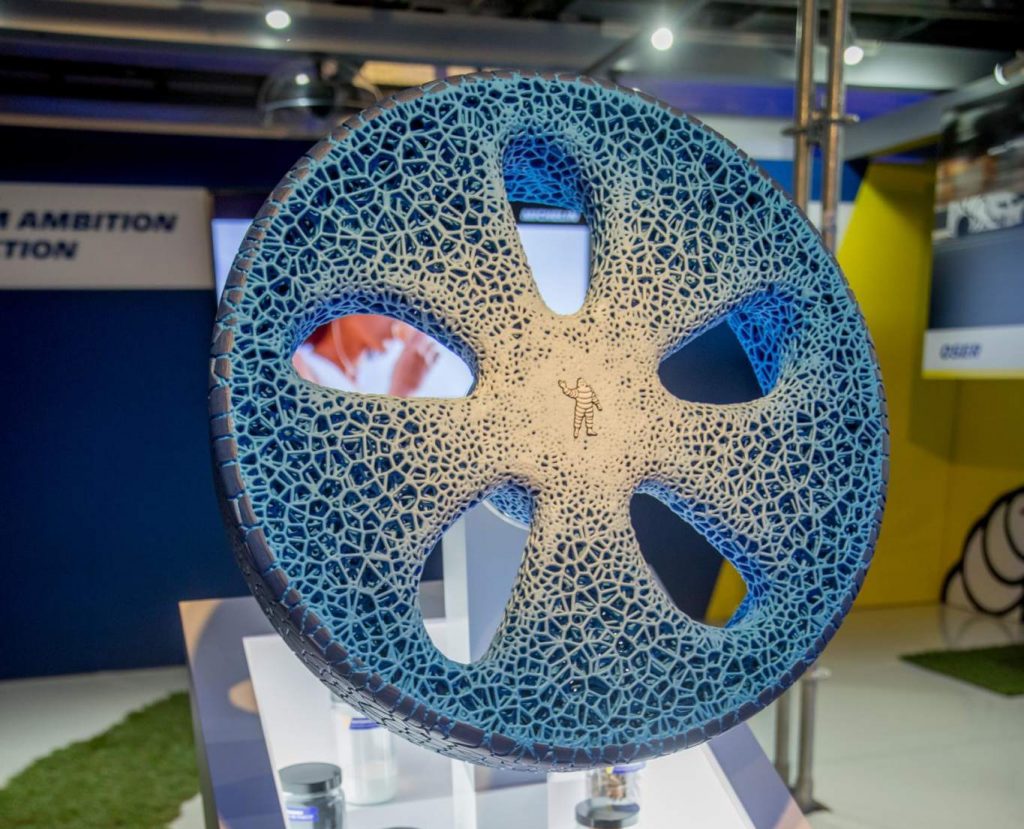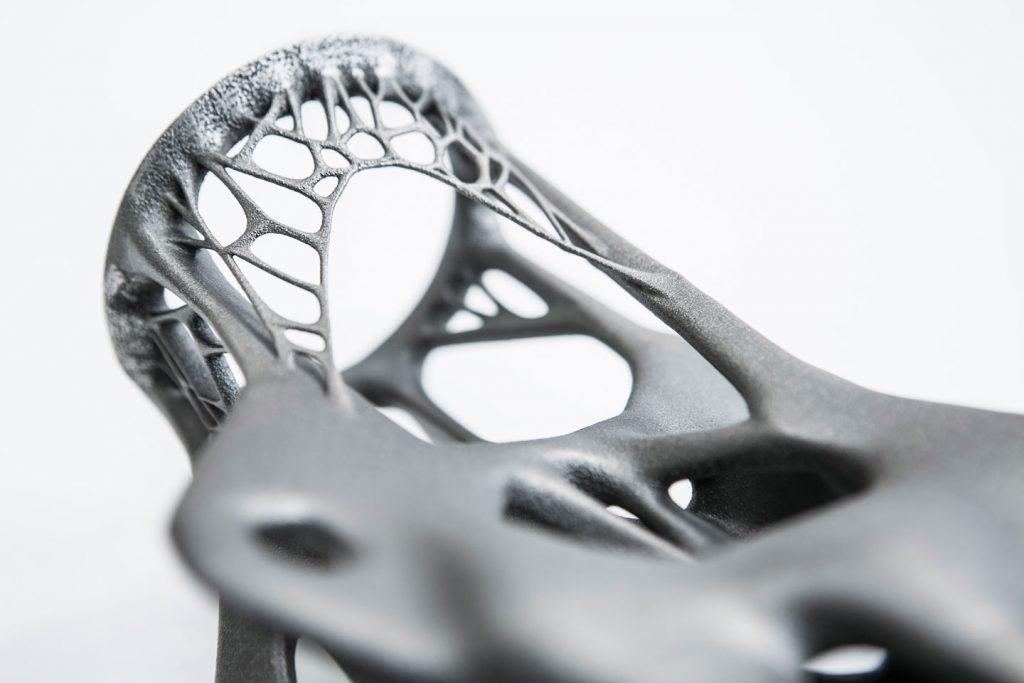3D Printing Industry is taking an in depth look at how additive manufacturing is moving to production. Over the coming weeks the results of interviews with industry leading practitioners will be published.
This article is part of a series examining Trends in Additive Manufacturing for End-Use Production.
Duann Scott, additive manufacturing strategist at Autodesk, is an expert in 3D printing and its rise in the manufacturing industry.
3D Printing Industry: Do you have an estimate of the addressable market for AM in production?
Duann Scott: The AM production market today is still in its infancy. Only in the last year have we started to see the kind of machine sales with an order of 70 industrial SLM machines going to a single customer in Asia. Companies like Additive Industries are producing “lights out” production systems, while many other major existing hardware companies are introducing “automation workflows” into their industrial additive systems.

We are only just starting to see the materials giants like BASF, Covestro, Arconic and Heraeus really start to make serious moves in the AM space and of course with GE investing heavily in hardware, materials and software the foundation is being laid for massive growth.
Past machines were developed primarily around prototyping, so the industry has understandably been focused on this. As the new volume machines such as HP’s MultiJet Fusion and Desktop Metal’s Production System enter the market, we see potential for major shift in what the addressable market really is. If these new machines can execute at the speeds they are projecting, combined with the bulk volume material prices enabled by the large material companies entering the market, the potential for growth is exponential.
3DPI: Which industries or verticals are leading in the use of AM for production?
DS: AM production is currently best used for things that are small, complex and customized. For this reason we see massive traction in the dental market for both metal with implants, and polymers for aligners. There are currently over 15 million 3D printed hearing aids that have been custom made and manufactured for each customer.
As you scale up, we start to manufacture things that are small and complex, but not custom. Less sexy – but just as important – is when additive manufacturing is used to produce the things that make the things. For example, since 2009 Michelin Tires has printed over 1 million metal parts to construct tire molds. While we may not see this held up as a case study, but the volume of the molds that is so transformative to the market that they developed their own machine to optimize and address the market.

As previously stated, this small, complex and customized sweet spot is due to the economics of machines and materials that were conceived and developed for prototyping and/or short runs. Now that we are seeing hardware and materials aimed at faster throughput, we expect to see many more verticals become economical that are larger, lower value, and less custom.
3DPI: What barriers does AM face for production and how are these surmountable?
DS: One of the biggest barriers to the adoption of additive manufacturing is education and experience. Designers and engineers need to know what the technologies are capable of, how to choose what design problems to approach with additive, and how to optimize the design for a specific machine or material combination. Using generative design, software can guide engineers to rethink their design for additive manufacturing, simulate tools to predict part performance and build process, and use topology optimization tools to modify existing parts for AM production. However, we also need Design for additive manufacturing (DfAM) education.

In a part to part comparison of additive manufacturing to traditional manufacturing, additive will most often lose out. But, if we are to compare a traditional assembly, to a single, consolidated additive part, the results are very different. The compression of the supply chain can be massive: from tens of suppliers down to one; and from multiple processes, machining, welding and mechanical fastening (each with its own tolerances) into one additive process.
Another major barrier is the initial investment in hardware and associated infrastructure. This can be mitigated by outsourcing additive manufacturing production to a service bureau until you build a solid business case to bring the technology in-house. In this way, companies can have a better understanding of where additive makes sense in their supply chain, and that their engineers will have greater confidence that they can realize the full potential of a given system.
3DPI: Can you name any specific case studies where AM is used for end use production?
DS: As above, from dental and medical, to aerospace and automotive, we are seeing new case studies emerge at an increasing frequency, some of the most interesting are not quite public but we can see the direction they are heading. Xjet’s Nanoparticle Jetting ceramic is being used to make drill bits with thousands of cooling micro-channels to distribute cooling lubricant to the cutting edge, increasing the lifespan of the drill and the diversity of materials it can be used with. Arconic’s development of the Ampliforge process – combined with their recent agreement to install 3D printed Titanium parts in commercial aircrafts – could be industry-changing I’m excited about the new and interesting examples that will come to light in 2018.
This article is part of a series examining Trends in Additive Manufacturing for End-Use Production.
You can read more about Autodesk here.
If you found this insight useful, then subscribe to our newsletter and follow us on social media.



